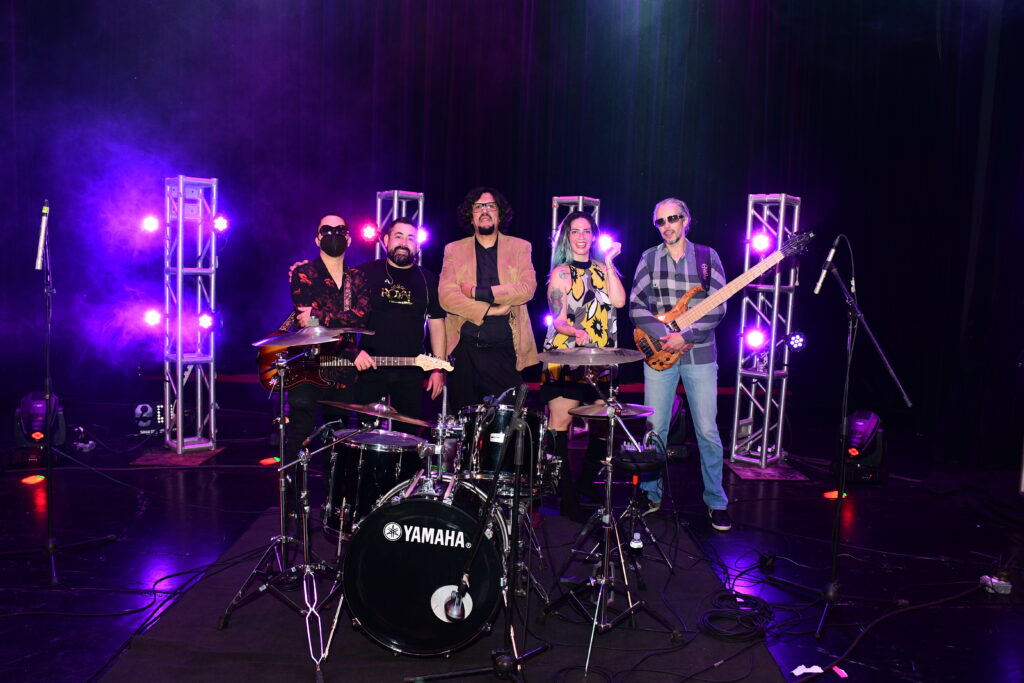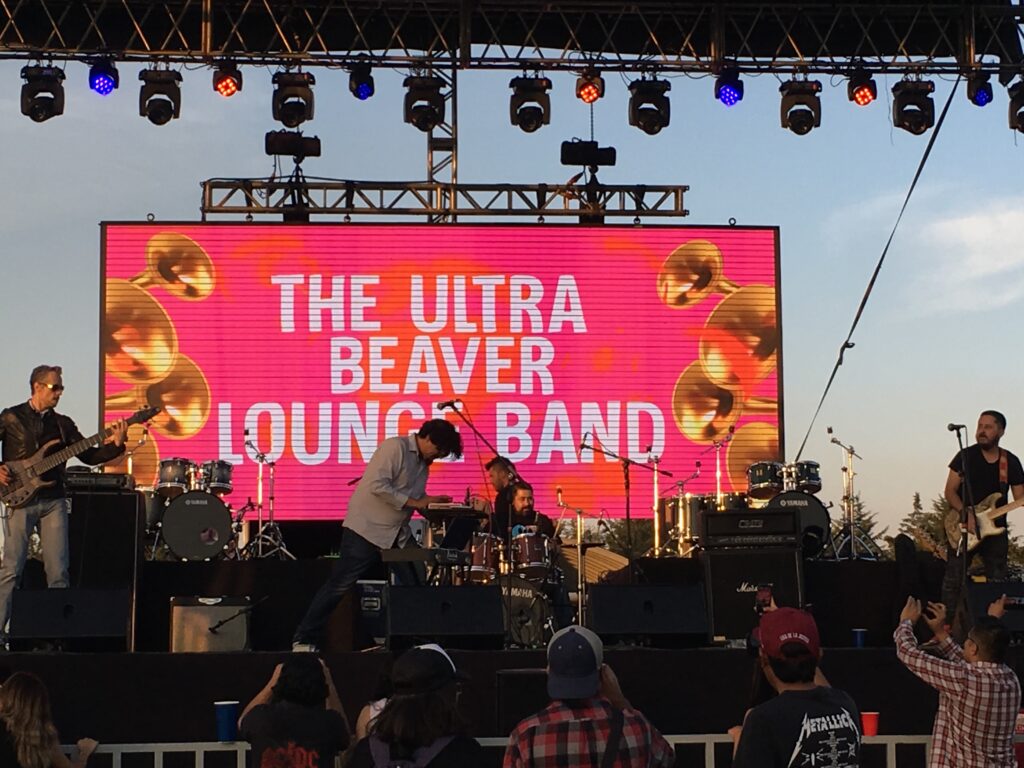In the decades of the 50s and 60s of the last century, in an atmosphere of astonishment and social optimism due to the technological development that allowed space flights, which meant the beginning of the conquest of space, the musical current space age pop was born, also called lounge, which was characterized by its eclectic character, that is, a mixture of styles and genres such as jazz, swing, mambo and cha-cha-cha, among others. The most important exponents of this musical trend were Juan García Esquivel, Henry Mancini, Bruce Haack, Lucia Pamela and Dick Hyman.

There are those who affirm that lounge or space age pop is more than a genre, it is a way of interpreting genres as diverse as jazz, mambo, ethnic music or electronic music.
Even on the page www.spaceagepop.com/whatis.htm the following definition lucidly ventures. “This music could be more easily characterized by what it is not. It is rarely simple enough in structure and instrumentation to be called rock (and it certainly retains enough of a sense of humor to be disqualified as art rock).
It is not serious or straightforward enough to call it jazz. It is often too esoteric or extreme to call it pop. It sits somewhere in the middle between all of these, meaning it is populated by outcasts of other well-established genres. As a result, Space Age Pop is full of bright, strange and exciting sounds, which are particularly surprising to ears accustomed to the stereotypes that populate more familiar genres. “

Over time, the phrase space age pop was losing presence and in its place the term lounge was adopted with which it was also designated to an entire aesthetic beyond music focused on comfort, elegance and enjoyment, that is, to a culture of pleasure and hedonism.




